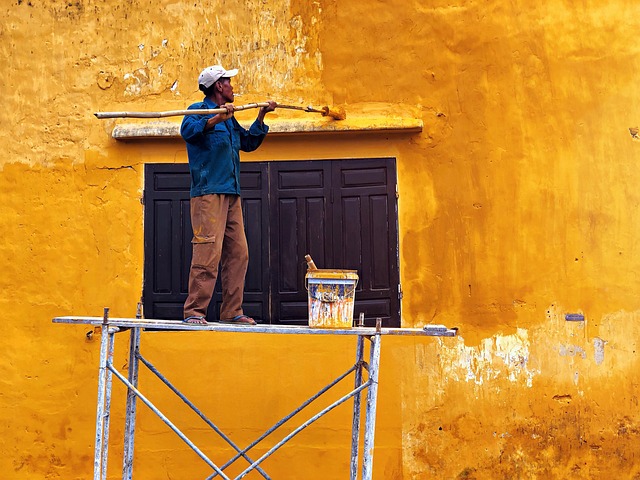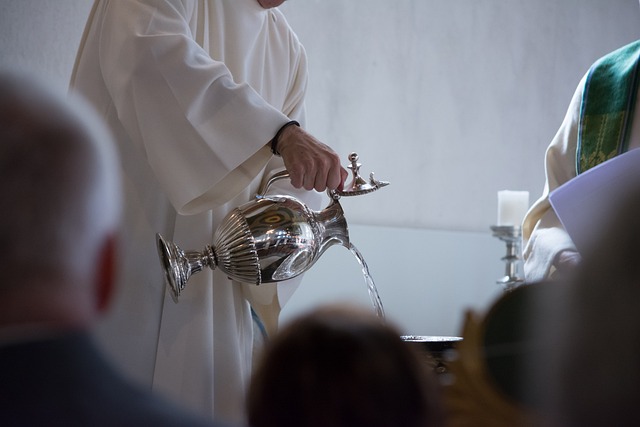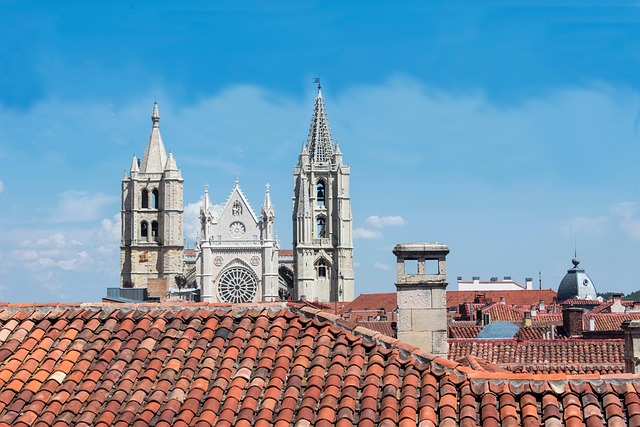In the decades that followed the 1917 Revolution, the Soviet Union sought to create a new social reality that rejected the old religious paradigms. The term *Soviet framework* came to represent the ideological architecture through which the state organized society, and this architecture profoundly influenced the practice and perception of religious rituals. While the official doctrine proclaimed atheism and promoted secular culture, the lived reality of millions of believers revealed a complex interplay between state policy, clandestine practice, and evolving cultural forms.
Foundations of the Soviet Religious Policy
The early Soviet government, led by Lenin, saw religion as a “opiate of the masses” that could impede the proletarian revolution. Through decrees and party resolutions, the state established a legal framework that banned public worship, closed churches, and confiscated religious property. Yet, this framework did not eradicate faith entirely; it instead forced it underground, creating a paradoxical environment where religious rituals survived but transformed.
- Nationalization of church property in 1918 and 1920.
- The 1925 Decree on the Separation of Church and State.
- Creation of the League of Militant Atheists in 1925.
From Public Ceremonies to Secret Gatherings
Before the Bolshevik consolidation of power, churches, mosques, and synagogues were vibrant centers of community life. After the state’s crackdown, believers adapted by holding services in basements, private homes, or abandoned industrial spaces. The rituals themselves—liturgies, prayers, and rites—remained faithful to tradition, but their performance shifted to preserve secrecy and safety.
“The candlelight in a basement becomes a witness to the persistence of faith,” a scholar of Soviet religious history notes.
Repression, Adaptation, and the Role of the State
In the 1930s, under Stalin, the Soviet framework intensified its anti-religious campaigns. The 1936–1937 Purges targeted clergy, and the regime promoted a narrative that portrayed religious believers as counter-revolutionaries. Despite harsh penalties, some clergy continued to serve clandestinely, while others fled abroad, forming diasporic communities that kept the rituals alive outside Soviet borders.
Religion as Resistance and Identity
For many Soviet citizens, religious rituals became symbols of cultural heritage and resistance against the homogenizing force of the Soviet framework. The annual celebration of Easter, for example, was not merely a liturgical event but also an assertion of ethnic identity—whether Russian Orthodox, Ukrainian Greek Catholic, or Armenian Apostolic.
- Hidden Easter celebrations in rural villages.
- Use of traditional icons smuggled into homes.
- Intergenerational transmission of liturgical hymns.
The 1950s–1970s: A Shift Toward Pragmatism
After Stalin’s death, the Soviet leadership adopted a more pragmatic stance toward religion. While the official narrative of atheism persisted, the state allowed limited religious expression under strict conditions. The 1957 Constitution recognized freedom of conscience but paired it with rigorous state oversight. In practice, religious communities were granted a small number of churches, mosques, and temples, but these venues were subject to surveillance and regulation.
Controlled Rituals and State Supervision
During this era, religious rituals were permitted in a controlled environment. Clergy were required to register with the state, and their activities were monitored by the KGB. Yet, within these constraints, believers found ways to preserve essential elements of their faith, such as the use of holy relics, communal prayers, and sacraments.
“The state’s allowance of religious practice was a double-edged sword—it offered a legal space but imposed a veil of suspicion,” explains a former parish priest.
The Collapse of the Soviet Union and the Resurgence of Faith
The disintegration of the Soviet framework in 1991 marked a pivotal moment for religious rituals across the former Soviet republics. The newfound freedom allowed churches, mosques, and synagogues to rebuild, and believers could once again gather openly. However, the revival was uneven: some communities faced economic hardship, others encountered lingering state interference, and many had to navigate a post-Soviet cultural landscape that blended secular and religious values.
Legacy of the Soviet Framework on Contemporary Ritual Practice
Even after the Soviet Union’s dissolution, the legacy of the Soviet framework lingered in how religious rituals were organized. Many communities retained the clandestine networks established during repression, which now functioned as support structures. Additionally, the state’s legacy influenced the secular aspects of rituals—such as the introduction of modern technology in services or the blending of traditional liturgy with contemporary music.
Conclusion: The Resilience of Ritual Within an Authoritarian Framework
The history of religious rituals in the Soviet era illustrates a profound tension between state power and personal faith. The Soviet framework, through its policies of secularization and repression, sought to reshape society’s spiritual landscape, yet it could not eradicate the deep-rooted human desire for meaning and community. Today, the echoes of those clandestine gatherings resonate in the vibrant religious life of former Soviet societies, reminding us that rituals, even when constrained, adapt and endure.



